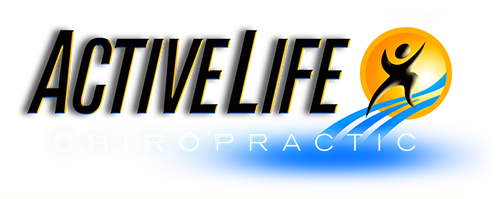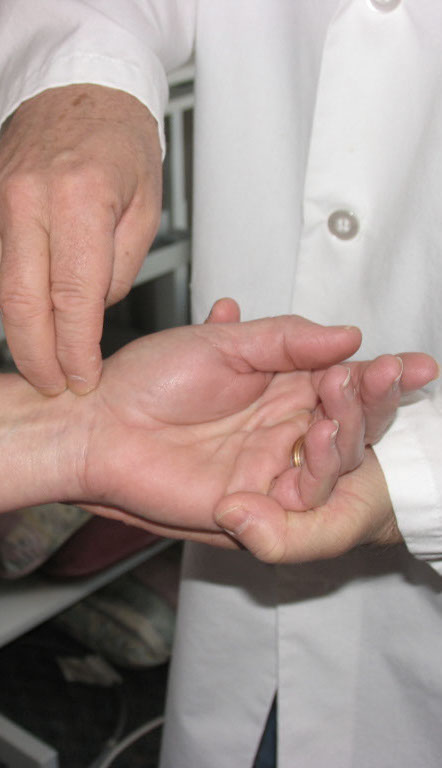AUTO • WORK • SPORTS • PERSONAL INJURY



Carpal Tunnel
In order to better understand carpal tunnel syndrome, we need to look at the anatomy of the affected area. Your wrist contains a narrow, tunnel-like structure called your carpal tunnel. The sides and bottom of this tunnel are comprised of your carpal bones. The top of the tunnel is covered by the transverse carpal ligament. Your median nerve travels from your forehand to your hand through this tunnel. The median nerve is responsible for the feeling in the palm side of your thumb, index finger and long fingers. You also have flexor tendons, responsible for flexing your fingers and thumb, running through the carpal tunnel.
Sometimes the tissue (called synovium) around your flexor tendon will swell. This puts pressure on your median nerve. When this nerve is compressed, it has difficulty communicating with your hand and fingers resulting in tingling, numbness, and pain in your hand and fingers. You may also experience a strange sensation moving up your arm toward your shoulder or a shock-like pain in your thumb or fingers.
A number of factors contribute to the development of carpal tunnel syndrome. Heredity can play a role. Extensive use of your wrists, such as typing, can also contribute. Hormonal changes, age, and certain medical conditions such as rheumatoid arthritis, diabetes, and thyroid gland imbalances can contribute to the development of carpal tunnel syndrome.
It is not uncommon to be misdiagnosed with carpal syndrome when, in fact, the source of the hand and finger numbness arises from areas of the body other than the carpal tunnel. Compression of the median nerve can occur in the forearm where the median nerve passes between the two heads of the pronator teres muscle. Hand and finger numbness, mimicking carpal tunnel syndrome can also occur when there is compression of the nerves exiting the neck, or where there is compression of the nerves in the portion of the body behind the clavicle (collar bone) where the first rib or the scalene muscle can compress on the group of nerves there. Another way carpal tunnel syndrome can be mimicked is when the shoulder muscle infraspinatus (located on the back of your shoulder) has trigger points (painful, sometimes spasmodic, areas in the muscle) that refer pain down the arm into the hand and fingers.
At Active Life Chiropractic we have successfully helped patients avoid unnecessary carpal tunnel surgery by identifying and treating the cause of the hand and finger numbness and restoring your hand to optimal function.